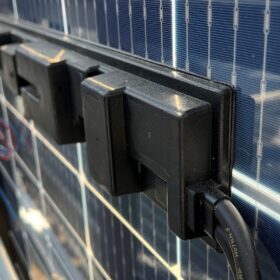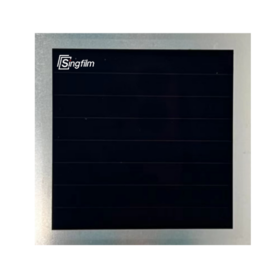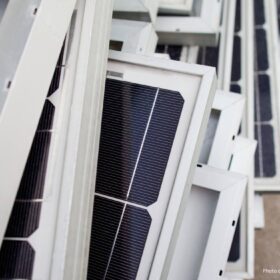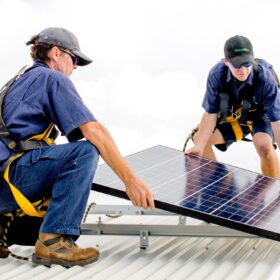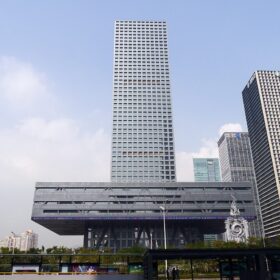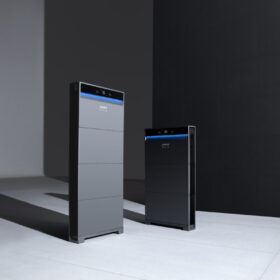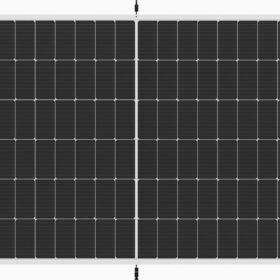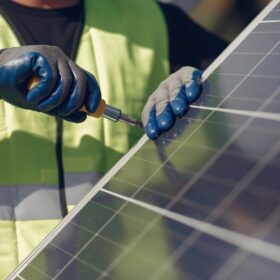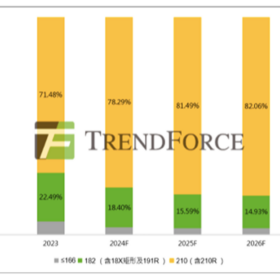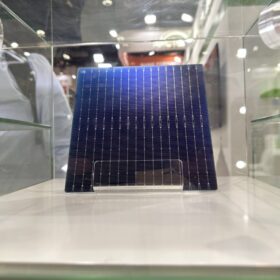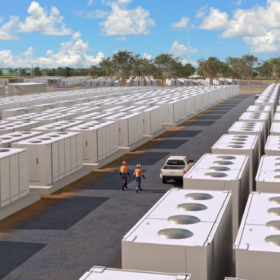Researchers develop ‘communicative’ PV panels
A German research team is conducting practical tests to see how solar modules with integrated radio technology can be linked to form an overall network. The “communicative” panels should represent a simple and cost-effective solution for monitoring and controlling small-scale photovoltaic systems.
Singaporean startup achieves 22.6% efficiency for perovskite solar module
Singfilm Solar said the result has been certified by China’s National PV Industry Measurement and Testing Center.
IEA-PVPS identifies 456 patents in PV module recycling
The IEA Photovoltaic Power Systems Programme’s (IEA-PVPS) latest report on solar panel recycling offers a comprehensive review of all existing technologies in this market segment, from pure mechanical recycling to innovative techniques such as light pulse treatment, water-jet cleaning, pyrolysis, and chemical treatments.
Regulator to nominate CEC as solar panel and inverter assurance body
The Clean Energy Council looks set to be reappointed as the product listing body responsible for maintaining and publishing lists of approved solar panels and inverters eligible for use in Australia’s solar rebate program.
Longi, Aiko Solar, TCL Zhonghuan, Tongwei to post H1 losses
Longi says it expects a net loss of CNY 4.8 billion ($980 million) for the first half of 2024, while Tongwei is bracing for a CNY 3 billion loss. Aiko Solar and TCL Zhonghuan, meanwhile, are predicting losses of CNY 2.9 billion and CNY 1.4 billion, respectively.
Anker launches new all-in-one home storage solution
Chinese electronics manufacturer Anker has developed a new all-in-one home storage solution with up to 30 kWh of capacity, available in single-phase and three-phase configurations.
GoodWe unveils double-glass TOPCon bifacial solar modules
GoodWe has developed new double-glass tunnel oxide passivated contact (TOPCon) bifacial solar modules for its Polaris series, available in 530 W and 580 W variants.
UNSW researchers eye redesigned panel as part of recycling plans
Researchers at the University of New South Wales will look to develop a redesigned PV panel that allows for easier recycling having secured $5 million in federal government funding to help transform Australia’s solar panel recycling industry.
TrendForce says 210 mm module shipments surpassed 260 GW in Q1
Market intelligence platform TrendForce says 210 mm n-type technology is “set to spearhead a new industrial revolution.” It expects 210mm modules to account for 78.29% of the large-format module market this year, increasing to 82.51% by 2027.
All solar cell efficiencies at a glance – updated
The research group led by University of New South Wales Scientia Professor Martin Green has published Version 64 of the solar cell efficiency tables. There are 19 new results reported in the new version.
